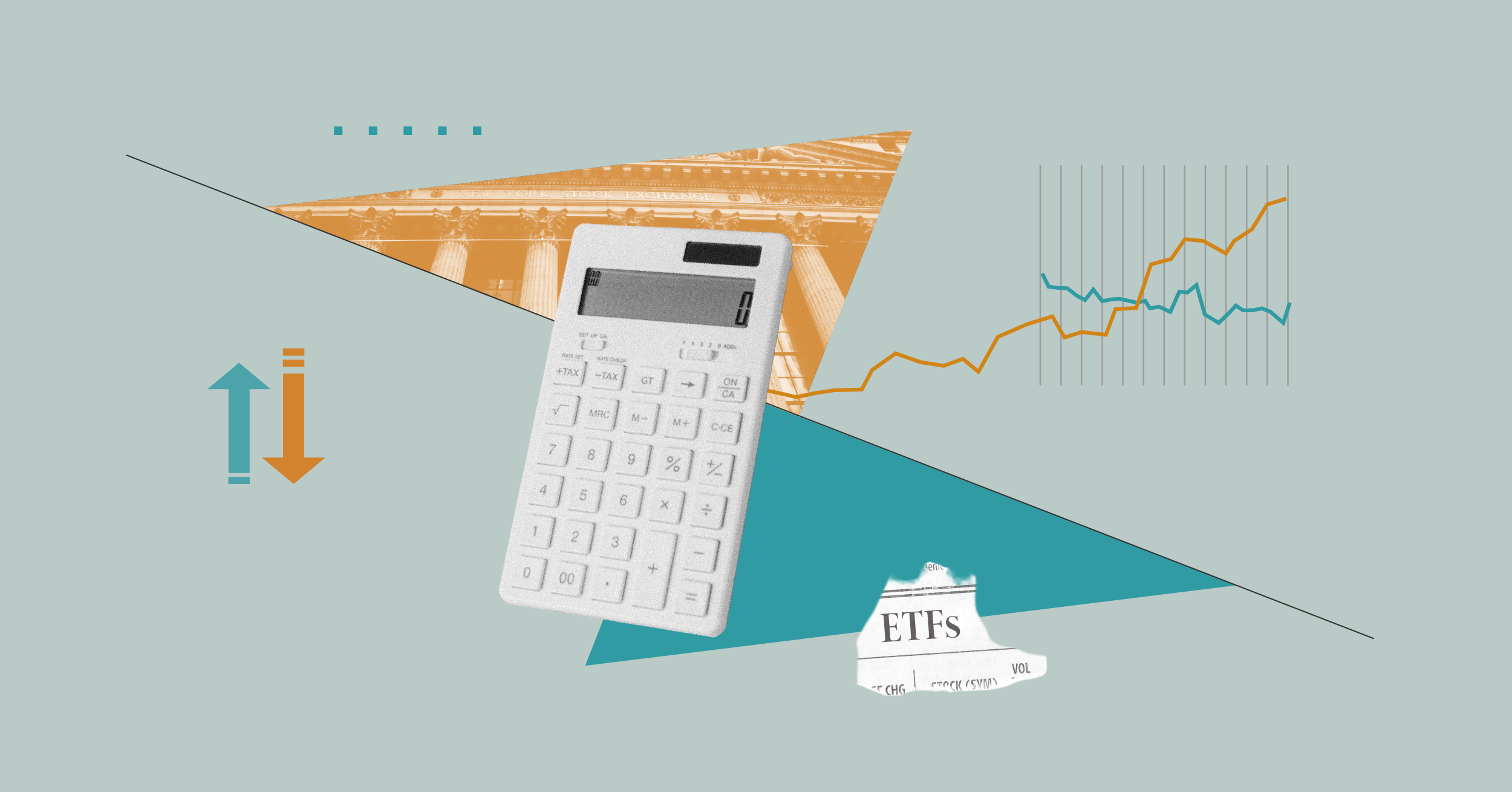
What happens when a fund becomes too popular? One way fund companies can curb demand for a hot fund is to “soft close”, which means it's technically still open but far less appealing to new investors.
Polar Capital Global Technology fund, which has a Morningstar Analyst Rating of Silver, is one such fund that has attracted strong investor interest this year as tech stocks have soared during the coronavirus crisis. The fund, which is up more than 30% so far this year, has seen its assets under management swell from £2.68 billion a year ago to a massive £4.5 billion today.
In response to this tidal wave of new money, the firm has taken the decision to soft close the fund. Iain Evans, global head of distribution at Polar Capital, says doing so will "allow the fund managers to continue to meet their investment objectives and to focus on delivering future returns for our investors".
But what is a soft close and how does it affect investors?
Why Does Fund Size Matter?
Inflows are a good indicator of a fund’s popularity – and success – but can become a problem for its managers. Larger funds are harder to manage, and a home must be found for all that new money. That can mean building bigger stakes in existing holdings or seeking out new, potentially more risky and less liquid companies.
Sometimes bigger is not better, at least for investors: the Woodford Equity Income fund hit £10 billion in assets as investors chased Neil Woodford’s reputation and past track record before its notorious demise.
A soft close is a feature unique to open-ended funds; their structure means that units in the fund are created or destroyed as money flows in and out of the fund. Investment trusts, in contrast, are listed on the stock market and have a fixed number of shares in issue. So while their assets under management don't change, their share price moves to a premium when they are popular and to a discount when out of favour.
How Does a Soft Close Work?
There are several ways a soft close can be implements. Sometimes a fund imposes an upfront fee, charging investors say 5% of the money they invest to discourage new inflows, or removes discounts offered to investors buying via intermediaries such as fund platforms or advisers.
In other instances, a fund group may impose a high minimum initial investment - often as much as £500,000 - to deter all but the wealthiest investors. A fund is, however, still technically “open” for sales and purchases during a soft close, including through regular savings plans.
Polar Capital says it is not imposing an initial charge on its tech fund, but that platforms will not be accepting new subscriptions in the fund.
Is it the Same as Suspending a Fund?
No. A fund is often suspended to stop outflows, which would force the managers to sell assets to meet redemptions, rather than to curb inflows. Most open-ended property funds are still suspended, for example. If you're already invested in a fund that soft closes, there is nothing to stop you selling your holding.
In the case of Polar Capital, Adrian Lowcock, head of personal investing at Willis Owen says the decision to soft close is a sensible one: “It makes sense to put the brakes on to slow inflows and protect existing investors and the strategy. The fund has become a leader in the specialist technology space and delivered some impressive performance. A soft close is pragmatic and sensible, giving the fund the option reopen at a later date if suitable.”
Can it Be Reversed?
Yes, there are plenty of examples of funds that have soft closed to give the managers some breathing space to put the new money in the fund to work. In 2013, for example, Aberdeen soft-closed its emerging market funds, bringing in a 2% initial charge. Further back, Fidelity American Special Situations soft-closed in 2003 and did not fully re-open until 2006.
More recently, the Silver-rated Stewart Investors Global Emerging Markets Leaders re-opened to investors. The group imposed a 4% initial charge on a handful of its funds back in 2013 in order to limit inflows.
Are There Alternatives Investments?
Many fund houses offer investment trusts as well as open-ended funds in the same sectors. For example, Polar Capital Technology Trust (PCT), invests in similar companies as the unit trust, with Microsoft (MSFT) as the biggest holding in both.
As mentioned previously, size isn’t the same problem for investment trusts as it is for open-ended funds. However, it's worth pointing out that many tech-focused funds are trading at a premium because of high investor demand. This can make investment trust shares a less attractive prospeccts as it means buying them for more than they are intrinsically worth (their Net Asset Value).





























